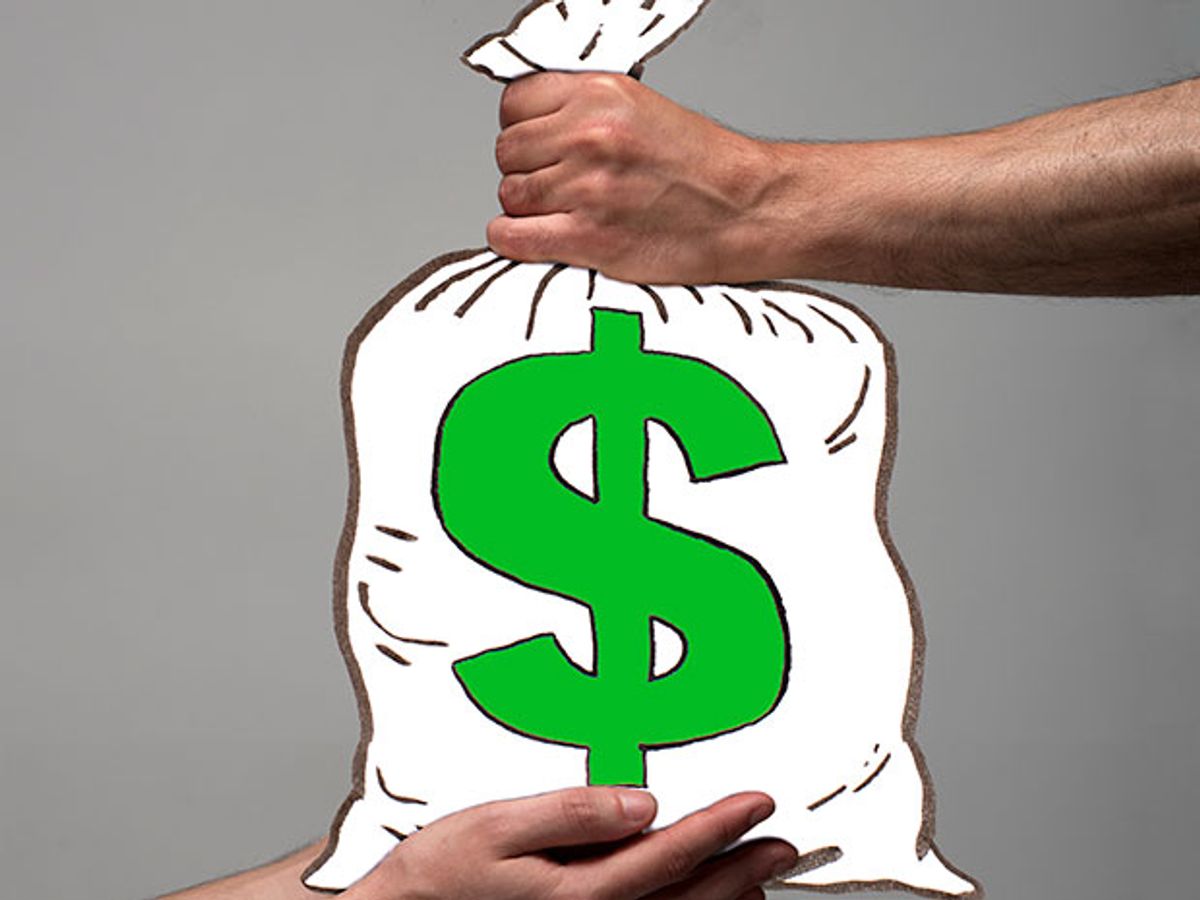There have long been rumors that Microsoft copied CP/M to create MS-DOS for the IBM PC. Consultant Bob Zeidman in 2012 used forensic software tools to analyze the code for IEEE Spectrum and found no evidence of copying, as he reported in “Did Bill Gates Steal the Heart of DOS?” Since he did that analysis, Microsoft donated previously unavailable source code for MS-DOS to the Computer History Museum. (Zeidman did his original analysis using QDOS.). And the museum also located and released a more complete version of the CP/M source code. Zeidman reran his analysis and presented the results 6 August at the Vintage Computer Festival West.
The conclusion? Still no sign of copying of source code. And no evidence to support a long-running rumor that there is a secret command in MS-DOS that can be called to print out a copyright notice in Gary Kildall’s name.
However, Zeidman did find that at least 22 system calls, the commands used to request an action, like sending text to a printer or reading from a hard disk, had the same function number and function. That, he says, might have meant that Kildall “might have had a copyright claim for the system calls that it could have litigated against Microsoft. On the other hand, there is a good chance Microsoft could have beaten such litigation by claiming it was a ‘fair use.’ ”
Meanwhile, Zeidman has had a lot of pushback since his original article was published, in part because it turned out he had an open consulting contract with Microsoft at the time. (He reports that it was an old and inactive contract and he has since severed all ties.) So he’s putting up $200,000 in prize money, $100,000 for anyone who can use “accepted forensic techniques” to prove the copying, and another $100,000 for anyone who can find that secret Kildall copyright function.
His full analysis of the code and supporting documents are here.
Tekla S. Perry is a senior editor at IEEE Spectrum. Based in Palo Alto, Calif., she's been covering the people, companies, and technology that make Silicon Valley a special place for more than 40 years. An IEEE member, she holds a bachelor's degree in journalism from Michigan State University.



